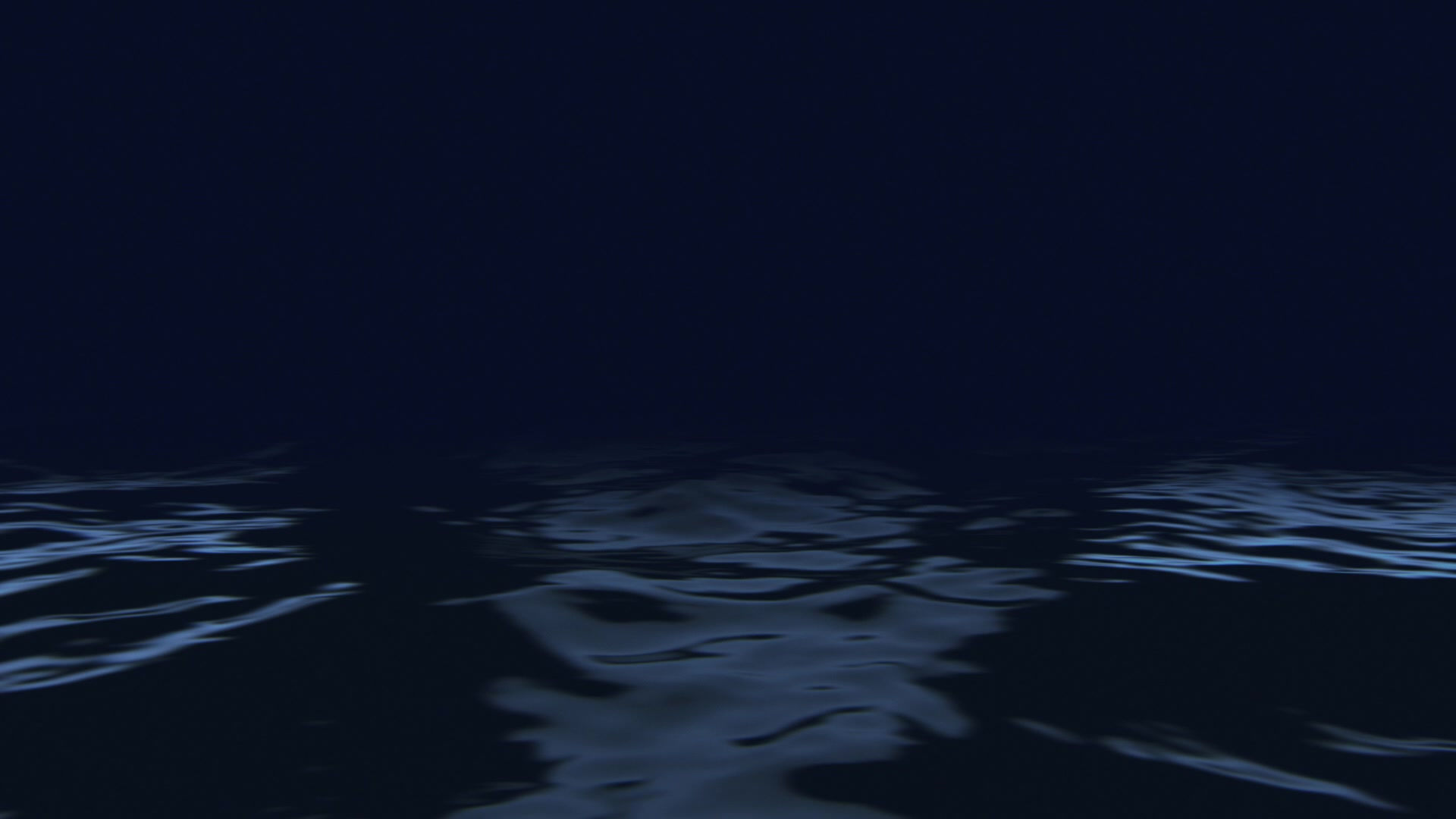

Meet our transducers
TD80 / TD100 / TD120

A powerful protection of your ship
The sound pressure of our transducers is so high that they cannot be glued in the conventional way. Shipsonic developed an indestructible method that allows the transducers to be bolted onto welded rings, a method that is now patented.

Shipsonic offers a range of 3 models: 80w - 100w - 120w. Depending on the size of your vessel, your box coolers and the available space, you will be offered a tailor-made plan based on calculations and past experience. Help needed with the installation? Shipsonic operates worldwide and can serve you in practically any port in the world.
Shipsonic has gone a long way to develop the ideal, multipurpose transducer. We arrived at a set of relatively small, yet high powered, low frequency models. These are especially apt for installation on box-coolers, where installation space is often confined. Also, combining different transducer types results in a wider range of resonance frequencies, which means better protection.
The sound pressure of these models is so high, that they cannot be glued. Shipsonic developed an alternative installation method that ensures optimal transmission of the ultrasonic signal. At the same time, this construction is so solid that coming loose due to the vibrations and corrosion under the transducer foot do not stand a chance. This principle is patented, so exclusively obtainable from Shipsonic.
All transducers can be installed on both flat and curved surfaces.
All transducers can be furnished in IP67 or IP68 versions.
